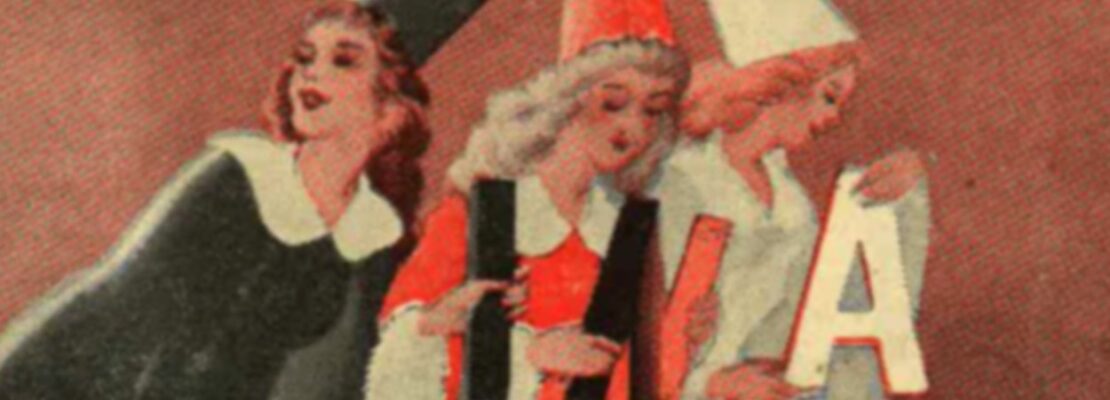INA Stands by You: Vintage Images of a Life-Time Insurance Partner
03 April 2020
Ina Assitalia Historical Archive
Who are the three fairies around the newborn’s cradle? Their names are Faith, Wisdom and Protection. Like all fairies, they each wear a different colour: white, red and black. There are three of them, like the Parcae of mythology who decide the destiny of men, an allegory of foresight and destiny. The magic formula for a stress-free future is the INA policy.
The illustration by Adolfo Busi (Faenza 1891 – Bologna 1977) is taken from “La Prima Idea”, a four-colour monthly magazine designed for, and given to small indureds at the Bologna General Agency between the years 1949-50. On the three covers of the magazine, designed in 1950 (The Spark of Welfare, Three Fairies and The Flower of Welfare), Busi chose to represent the themes of reassurance and protection using fairy-tale iconography. The cartoon-like illustrations clearly reveal a pedagogical intent.
The figures – later included in the film documentary shot on the occasion of INA’s fiftieth anniversary in 1963 – were the distinguishing feature of this children’s magazine (reminiscent of the “Corrierino dei Piccoli”, a popular weekly magazine for children published in Italy from 1908 to 1995), which can be considered a forerunner of today’s television advertising. Indeed, this visual communication exploited tools that reached the customer “at home”, such as calendars, which guaranteed a whole year’s worth of advertising. Through these small-scale forms of advertising (referred to as “poor papers” by illustration experts, but which are in fact extremely valuable as they were made by the designers of famous posters), the message comes to life through persuasive and eye-catching use of bright and appealing signs and colours.
In addition to Busi, other illustrious designers who contributed to INA’s advertising campaigns include Andrea Petroni, author of the first poster depicting the sower that would become the symbol of INA (1912), Plinio Codognato, Gino Boccasile, Walter Resentera, Marcello Dudovich, Angelo Mercuri, Severo Pozzati (known as Sepo), Leopoldo Metlicovitz and Tito Corbella.
Adolfo Busi attended the Academy of Fine Arts in Bologna, where he worked for the renowned Stabilimento Tipolitografìco Chappuis and, before that, for the Edizioni Ricordi music publisher. From the 1920s to 1942 he worked as a poster designer for numerous Italian companies, including insurance companies. His activity as a graphic designer (one of the most prolific in Italy) continued through the 1950s. His lines are pleasant and his style is unmistakable, especially when it comes to the female figure: women are always smiling and graceful, never malicious (as is the case with those depicted in some INA postcards kept in the Historical Archive).
INA’s communication has a clear social intent, as is typical of all insurance companies: the message focuses on taking care of oneself and others and encouraging prudence and risk calculation, often using images with a strong emotional impact. The ads contain constant references to savings, the family, education, protection against adverse events, the guarantee of a safe and stress-free future and of peaceful old age.
Today, welfare and savings remain the fundamental themes of communication in the life insurance sector, just like wisdom, prevention and safety remain the main topics when it comes to understanding the need for non-life insurance. In Italy, the famous slogan “L’INA ti è vicina” (“INA stands by you”) has never been forgotten. The three fairies standing next to the cradle are as good a representation as ever of the Generali Group’s commitment to stand by its policyholders through thick and thin, and be their life-time partner.






